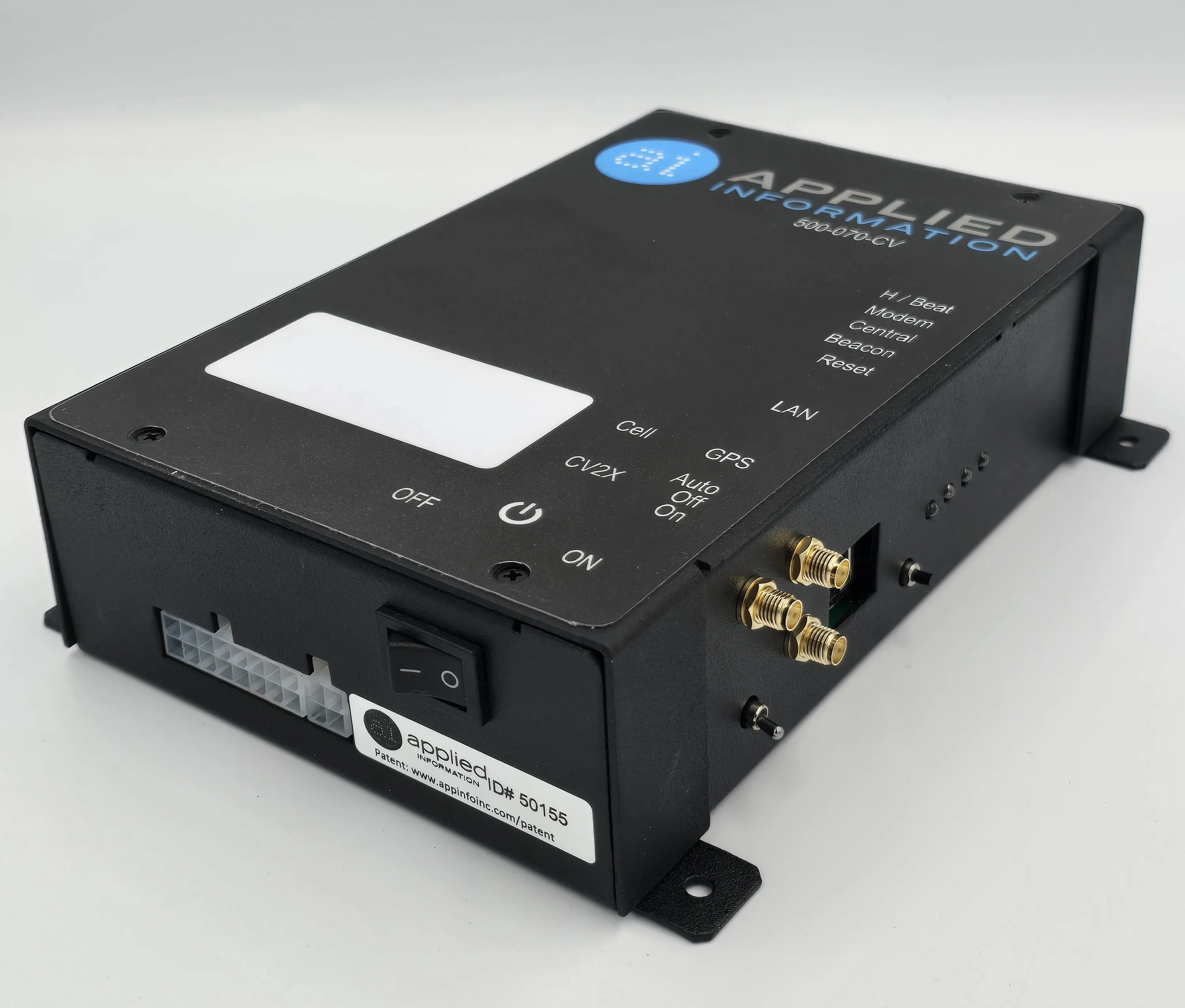Tapco BlinkerRadar driver feedback signs utilise K-band (24.15GHz) direct-sensing radar and can be integrated into an intelligent transportation system (ITS) to offer a solution that alerts drivers of their speed to promote road safety and encourage drivers to adhere to posted speed limits.
Available in a range of character display height models and other options the signs are suitable for temporary and permanent traffic applications, including residential, city, rural streets and highways, school and pede
November 7, 2013
Read time: 1 min

Available in a range of character display height models and other options the signs are suitable for temporary and permanent traffic applications, including residential, city, rural streets and highways, school and pedestrian zones, construction sites and speed enforcement zones.
Users can control display settings, upload schedules and download data via Bluetooth. BlinkerRadar displays can gather data even when the display is blank. The signs can be mains or solar-powered, enabling them to be moved from location to location to provide data on locations where the speed limit is regularly broken or traffic is periodically congested.










